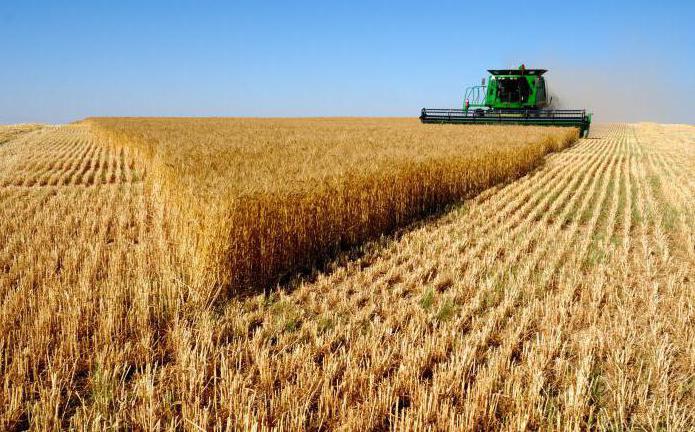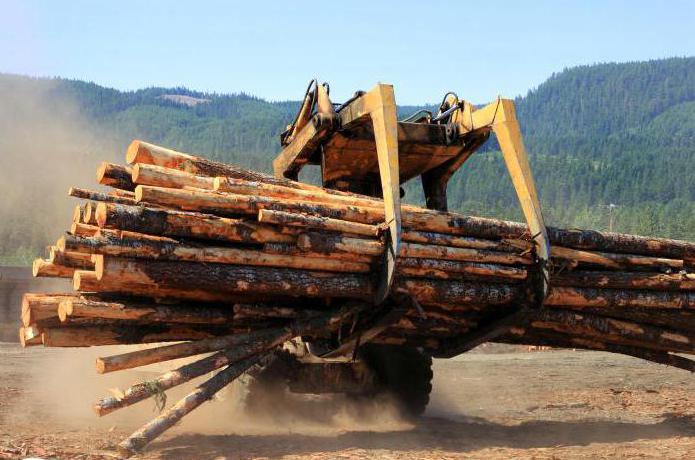The economy of any country can be characterized by a single complex of closely related industries, that is, reproduction within national borders. To have a sphere marked economic activity it is necessary to clarify the structure and composition of the national economy as a whole. Since it is the result of social and economic development of society, cooperation and specialization of labor, as well as international cooperation, it necessarily contains special reproductive, sectoral, regional and many other characteristics. Carrying out analysis National economy, it must be borne in mind that the sphere of economic activity can be one of two: material production and non-production sphere. Also used are concepts such as industry and the economic sector.

Areas of activity
Both material production and the non-productive sphere create an aggregate social product and national income. In a word, social production. Its material component is industry and agriculture, the forest sector, as well as communication, which serves all segments of the economy. For example, freight transport. It is also construction, catering and trade, information services and many other activities.
Non-production include utilities, passenger transport and communications, which serves the population and organizations in this area. This aspect also considers social security, health care and physical education, public education, science and its services, culture and art, insurance and lending, and all the activities of governing bodies.

Sectors of the economy
Any sphere of economic activity is too voluminous and diverse to consider it in detail. Therefore, they are divided into separate sectors - groups of qualitatively homogeneous business units (organizations, enterprises, institutions) that have special production conditions in the general system of division of labor, homogeneous products and a specific function in the national economy.
For example, the areas intended to create consumer goods and the means of production necessary for the development and life of society cannot be called non-productive. As a result of the course of the historical process, when the division of social labor occurred, sectoral division also appeared. However, it is too voluminous for a detailed analysis of management. Therefore, in turn, spheres are divided into complexes and types of production, depending on the purpose of economic activity.

Industries and complexes
The industry includes more than fifteen major industries: power generation, non-ferrous and ferrous metallurgy, fuel, petrochemical, chemical industry, mechanical engineering, metalworking, construction materials, pulp and paper, timber, light, food and others. Different degrees of differentiation characterize specialized industries. The development of economic activity in society, the specialization of production forms new branches and types of the productive sphere.
Cooperation and integration forge strong links between industries.As a result, mixed production and intersectoral complexes are created - integration structures characterized by the interaction of their fragments at different stages and the distribution of the finished product. Economic and economic activity cannot develop without the creation of intersectoral complexes both between different spheres and within one of them. For example, industry has interconnected branches in the fuel and energy complex. The agricultural and construction sectors have an even more complex structure, in which not only different industries are combined, but also a large number of them.

Goals and Functions
Intersectoral complexes are conditionally subdivided into functional and target ones. The latter demonstrate the reproductive principle. The criterion is the creation of the final product. For example, machine-building, agroindustrial and fuel-energy complexes are aimed at it, which can not do without each other. The conditional chain looks like this: tractor-diesel fuel-grain. In the same way, the mineral resources and forests, transport and others are interconnected.
Functional complexes are built on the principle of a certain activity, which is the main criterion for such a union. For example, infrastructure and investment, scientific and technical and others. The unit may be otherwise executed, on other grounds. The division of labor - single-industry and multi-industry complexes, inter-industry scientific and technical, territorial-production and so on. Although here the result of economic activity is very important.

Sectors of the economy
It is possible to group the constituent elements of the national economy according to economic characteristics, identifying, according to the example of foreign studies, the largest sectors of the economy on the basis of national accounts. They are built according to a special system for generalizing characteristics. A sector is a collection of certain institutional units. They have similar functions, goals, and behavior. For example: the external sphere, the sector of state institutions, as well as households or enterprises. The latter is also subdivided into subsectors of enterprises - financial and non-financial.
The degree of connection with the market determines its own way of dividing the national economy into market and non-market sectors. The first is engaged in the production of services and goods. They are realized with a significant impact on demand (ibid. - barter exchange, labor remuneration for products, and so on). The non-market sector produces services and goods intended directly for manufacturers or business owners. Other consumers get what they want for free or at prices that do not affect demand.
Services sector
International statistics in the field of economics subdivides the industries that produce goods and which provide services. A lot has been said about the first group above. This includes agriculture, industry, construction, and many other branches: from publishing to waste disposal and picking berries and mushrooms. The service sector is no less numerous in its components: defense, public administration, trade, transport, education and healthcare, and so on.
Individuals, groups, social strata, peoples in the country carry out management as such. Moreover, all subjects of economic activity are active and deliberately acting, that is, according to the plan: they make decisions and bear responsibility for their results - both economic and legal. It must be borne in mind that subjects are not necessarily physical persons, they can even be groups (associations). The structure of building an economy on a national scale is extremely complex. Therefore, it is rather difficult to find a convenient way to classify types of economic activity, especially since structural changes in the economy are often spontaneous.

OKVED
The All-Russian classifier of types of economic activity has become a document of social and technical and economic information, operating on the territory of Russia and classifying in detail all divisions of the country's economy. Currently, in the Russian Federation there are three versions of this official paper in the 2014 edition. OKVED replaced in 2003, the OKONKh classifier (the All-Union Classifier of Branches of the National Economy) that has been functioning for almost thirty years. It was developed by decree of the Communist Party and the Government of the USSR. The list was a part used by ACS, the national economy of a unified system that classified and encoded all technical and economic information.
OKONH
OKONH, designed for machine processing of incoming information in the management of the national economy, is now used for tasks of automated control systems at various levels of management. It provides their information compatibility. In this document, activities are grouped by industry. The principle of the nature of functions in the division of labor is also used.
Using the classifier, the structure of the national economy could be studied in the process of expanded reproduction, revealing the nature and level of development of production, the degree of division of labor. OKONKh provided groupings of organizations and enterprises by industry in order to conduct a scientific analysis of the proportions of development, intersectoral relations and comparability of indicators, economic efficiency, growth of labor productivity, as well as to link planned and reporting indicators characterizing the development of the country's economy.
Classification Units
Large sectors of the economy developed on the principle of the division of labor. Thus, fractional industries stood out - a set of enterprises with homogeneous products or organizations that perform certain public functions. The classification unit of an industry in this case is an institution that is on its own balance sheet. Judging by the nature of the type of activity, each individual organization or enterprise refers to a particular branch. Each has its own sphere of economic activity.
Departmental divisions
An enterprise, institution or organization having subsidiary or auxiliary divisions or production with functions that differ in nature should relate to industries that correspond to the nature of activities in the division of labor. Often they are allocated to independent accounting units. This includes medical, industrial, construction, housing and communal units. Thus, a departmental clinic at a tractor plant, for example, will be classified as part of the healthcare industry, and not engineering. A subsidiary farm at the same plant is the sphere of agriculture. And the House of Culture of tractor builders will also be subordinate to its ministry.

OKVED-2
This is the new - 2014 - All-Russian classifier of types of economic activity. It was accepted by the Federal Agency for Technical Regulation and Metrology. By the same order, all previous editions of the OKVED were canceled: 2001 and 2007. OKVED-2 is harmonized with an official document of the same plan valid in the territory of the European Economic Community. As a result, codes of up to four characters and the names of the corresponding groupings were saved without changing the concepts.
Features appeared in OKVED-2 groupings with five- and six-digit codes, detailing the types of activities that reflect the needs of the Russian economy. The level of detail is generally increased compared to previous versions of this document. There were seventeen sections, twenty-one, and the number of groups from two thousand increased by another six hundred and eighty.The letter codes for self-loading are not carried, since a unique six-digit numerical designation is valid. But letters also became more, they are needed for continuity with European documents.






